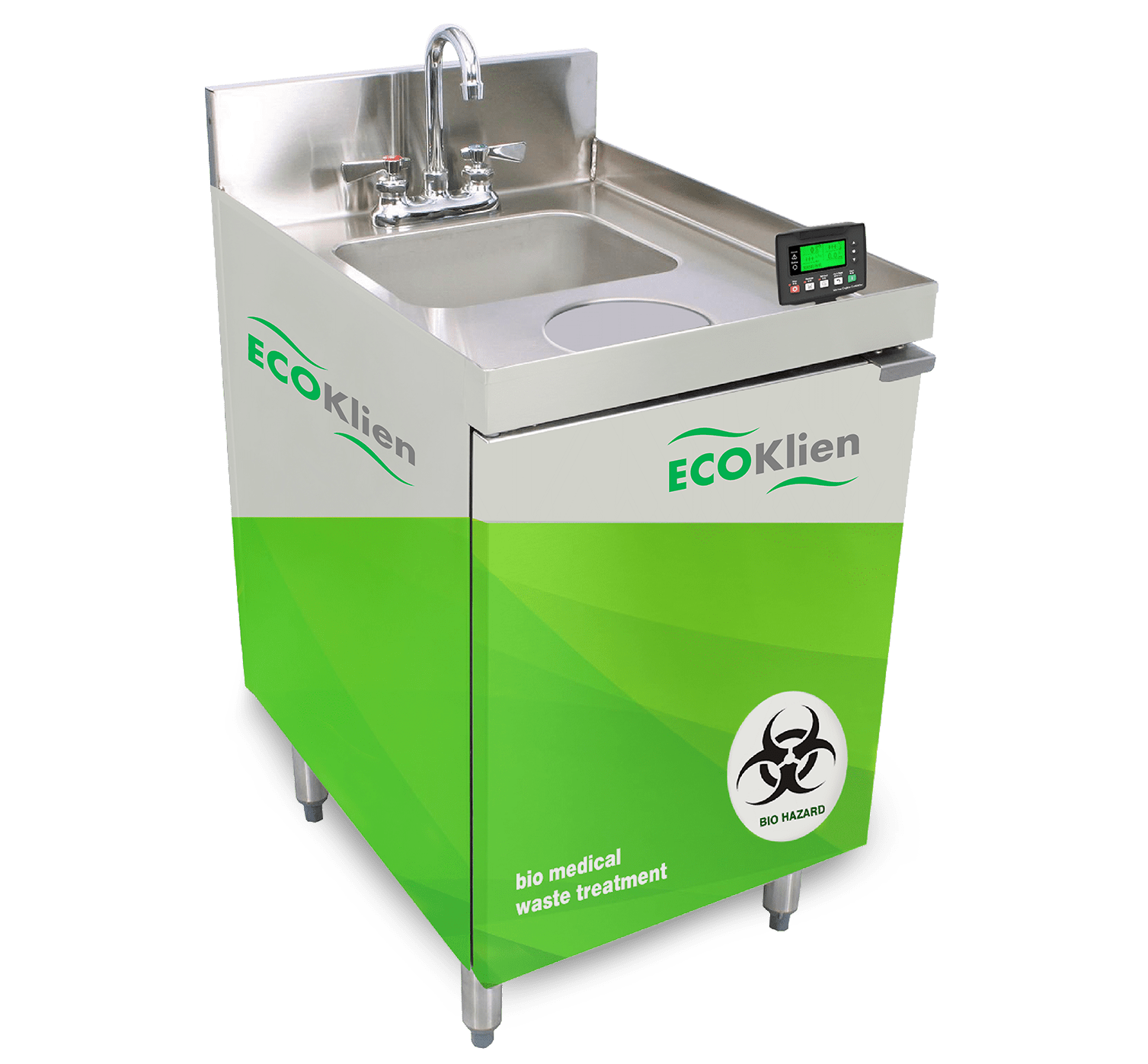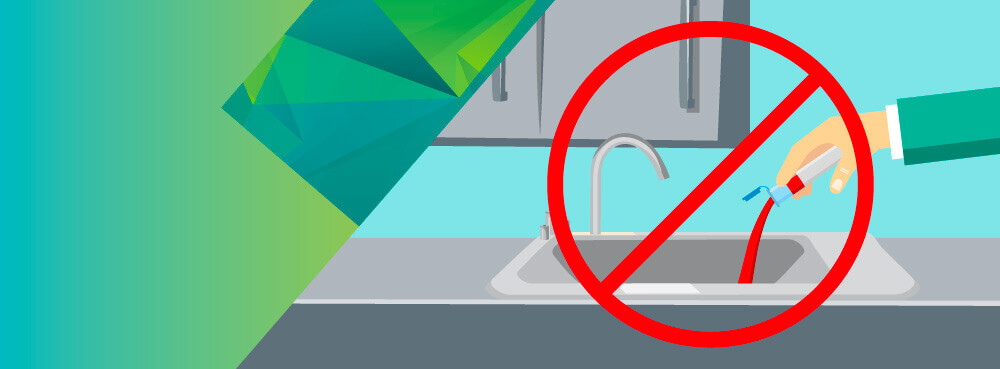Industrial Wastewater Treatment: Advanced Techniques for Effective Management
How Liquid Garbage Disposal Functions: A Thorough Review of Methods and Technologies Utilized

Summary of Fluid Waste Kind
The complexity of fluid waste kinds necessitates an extensive understanding of their attributes and ramifications for disposal. Fluid waste can broadly be categorized into several types, consisting of industrial, local, farming, and contaminated materials. Each classification displays unique residential or commercial properties, needing particular management strategies to mitigate ecological and health threats.
Industrial liquid waste originates from producing procedures and usually has a range of pollutants, such as heavy steels, solvents, and organic compounds. Municipal fluid waste, largely comprising wastewater from houses and industrial establishments, contains raw material, nutrients, and microorganisms (industrial wastewater treatment). Agricultural fluid waste, consisting of runoff from ranches, may contain fertilizers, pesticides, and animal waste, positioning threats to water high quality and ecological communities
Hazardous liquid waste is identified by its toxicity, reactivity, or prospective to cause injury. This group includes materials like acids, bases, and specific chemicals that demand rigid handling and disposal procedures. Understanding these varied liquid waste kinds is critical for creating efficient disposal approaches and making sure compliance with ecological laws. Appropriate category and characterization are vital for implementing proper therapy strategies and lessening the adverse effect on public wellness and the environment.
Physical Therapy Techniques

Screening is the initial action, where bigger particles and debris are gotten rid of from the liquid waste making use of screens or grates. In sedimentation storage tanks, larger bits settle at the bottom, creating a sludge layer, while the clarified liquid can be further dealt with.
Filtering is one more vital technique that includes passing the fluid via porous products, such as sand or membranes, to capture smaller sized particles. This step boosts the quality of the fluid, making it suitable for succeeding therapy processes.

Chemical Treatment Techniques
Chemical treatment techniques are crucial for effectively managing liquid waste, particularly in resolving liquified and colloidal pollutants that physical methods may not sufficiently eliminate. These techniques use different chemical agents to neutralize, speed up, or transform hazardous substances into less harmful forms.
One usual approach is coagulation and flocculation, where chemicals such as alum or ferric chloride are added to promote the gathering of suspended bits. This procedure improves sedimentation, enabling simpler elimination of the resulting sludge. In addition, oxidation processes, utilizing representatives like chlorine or ozone, are employed to break down intricate natural compounds and microorganisms, providing the waste safer for discharge or additional therapy.
Neutralization is an additional vital method, which readjusts the pH of acidic or alkaline waste streams to neutral levels, stopping possible injury to downstream systems and the environment. Additionally, advanced oxidation processes (AOPs) use combinations of oxidants and ultraviolet light to deteriorate relentless pollutants, achieving a greater degree of therapy efficiency.
Biological Therapy Procedures
Biological treatment processes play a vital duty in the monitoring of liquid waste by using bacteria to disintegrate raw material and minimize pollutant degrees. These procedures can be generally classified into cardiovascular and anaerobic therapies, each employing particular microbial communities to achieve effective waste degradation.
Aerobic therapy includes the use of oxygen to help with the break down of organic products by microorganisms. This procedure is frequently carried out in triggered sludge systems, where aeration tanks give a conducive setting for microbial development, causing the oxidation of organic pollutants. The resultant biomass can be divided from treated effluent with sedimentation.
In contrast, anaerobic therapy happens in the absence of oxygen, counting on various bacteria to break down raw material. This method is specifically helpful for high-strength waste, as it generates biogas, a renewable resource source, while reducing his comment is here sludge manufacturing. Technologies such as anaerobic digesters are frequently used in industrial and metropolitan applications.
Both anaerobic and cardio biological therapies not only minimize the environmental effect of fluid waste yet also assist in resource healing, making them vital parts of sustainable waste administration approaches. Their performance, efficiency, and versatility support their extensive implementation throughout numerous industries.
Arising Technologies in Disposal
Cutting-edge methods to fluid waste disposal are quickly advancing, driven by developments in innovation and an increasing emphasis on sustainability. Among these arising technologies, membrane bioreactors (MBRs) have gotten grip for their capacity to combine biological treatment with membrane layer purification, causing top quality effluent that can be reused in numerous applications. MBRs enable smaller footprints and much more effective operations contrasted to typical systems.
Another promising development is using anaerobic digestion integrated with nutrient healing modern technologies, which not just deals with fluid waste however likewise produces biogas and recuperates beneficial nutrients like nitrogen and phosphorus. This twin advantage boosts source effectiveness and minimizes ecological influence.
In addition, progressed oxidation procedures (AOPs) are being embraced for the deterioration of complex organic pollutants. These methods utilize effective oxidants and stimulants to break down pollutants at the molecular degree, providing a highly effective remedy for tough get redirected here waste streams.
In addition, the assimilation of fabricated knowledge and maker knowing in waste management systems is maximizing functional effectiveness and predictive upkeep, causing decreased costs and improved ecological compliance. These technologies reflect a significant change towards more lasting and effective fluid waste disposal practices.
Conclusion
In verdict, effective liquid waste disposal demands a comprehensive understanding of different strategies and technologies. By constantly progressing these methodologies, it becomes possible to attend to the expanding challenges connected with fluid waste, inevitably adding to environmental protection and resource recuperation.
Fluid waste disposal is a vital element of ecological monitoring, calling for a comprehensive understanding of different methods and innovations customized to various waste kinds. Fluid waste can extensively be classified right into numerous kinds, consisting of commercial, metropolitan, agricultural, and hazardous waste. Agricultural liquid waste, including drainage from farms, may have plant foods, pesticides, and animal waste, positioning risks to water high quality and ecosystems.
Various physical therapy approaches play a critical role in taking care of fluid waste properly - industrial wastewater treatment.In verdict, efficient liquid waste disposal necessitates an extensive find here understanding of various methods and innovations